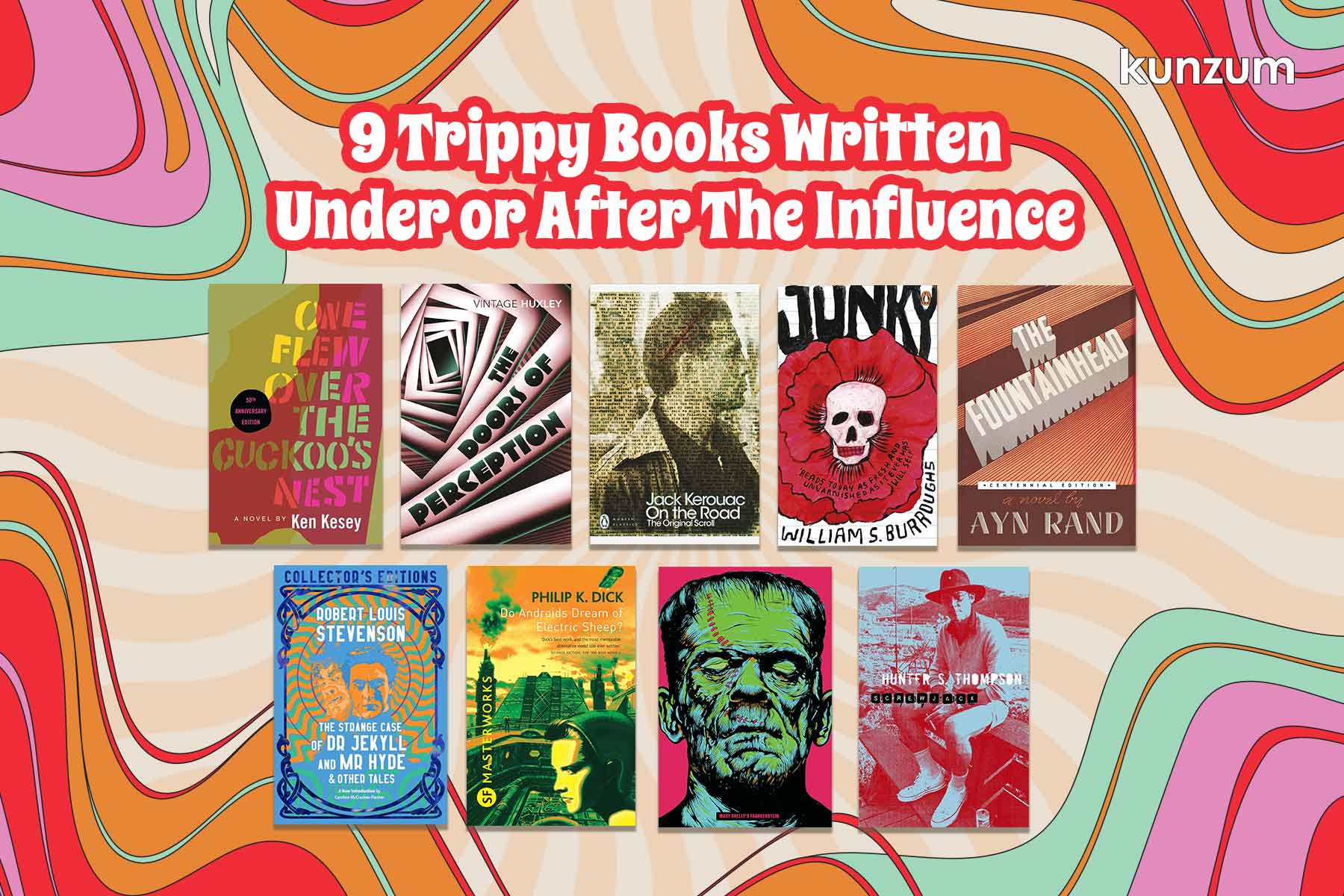
A truly unconventional list but one that is sure to intrigue and enlighten, these are 9 trippy reads on substance abuse, intimately chronicling the author’s experience of the habit, or at least literature that is directly or indirectly a product of it. From Beat author Burroughs’ infamous Junkie, the “Confessions of an Unredeemed Drug Addict”, to Fear and Loathing in Las Vegas author Thompson’s collection of drug-encounter short stories, this list takes you to the realm of varied drug use, abuse and induced esoteric experiences, as well as the literary classics that were more or less written under the influence of choice drugs. This is Trippy Writing.
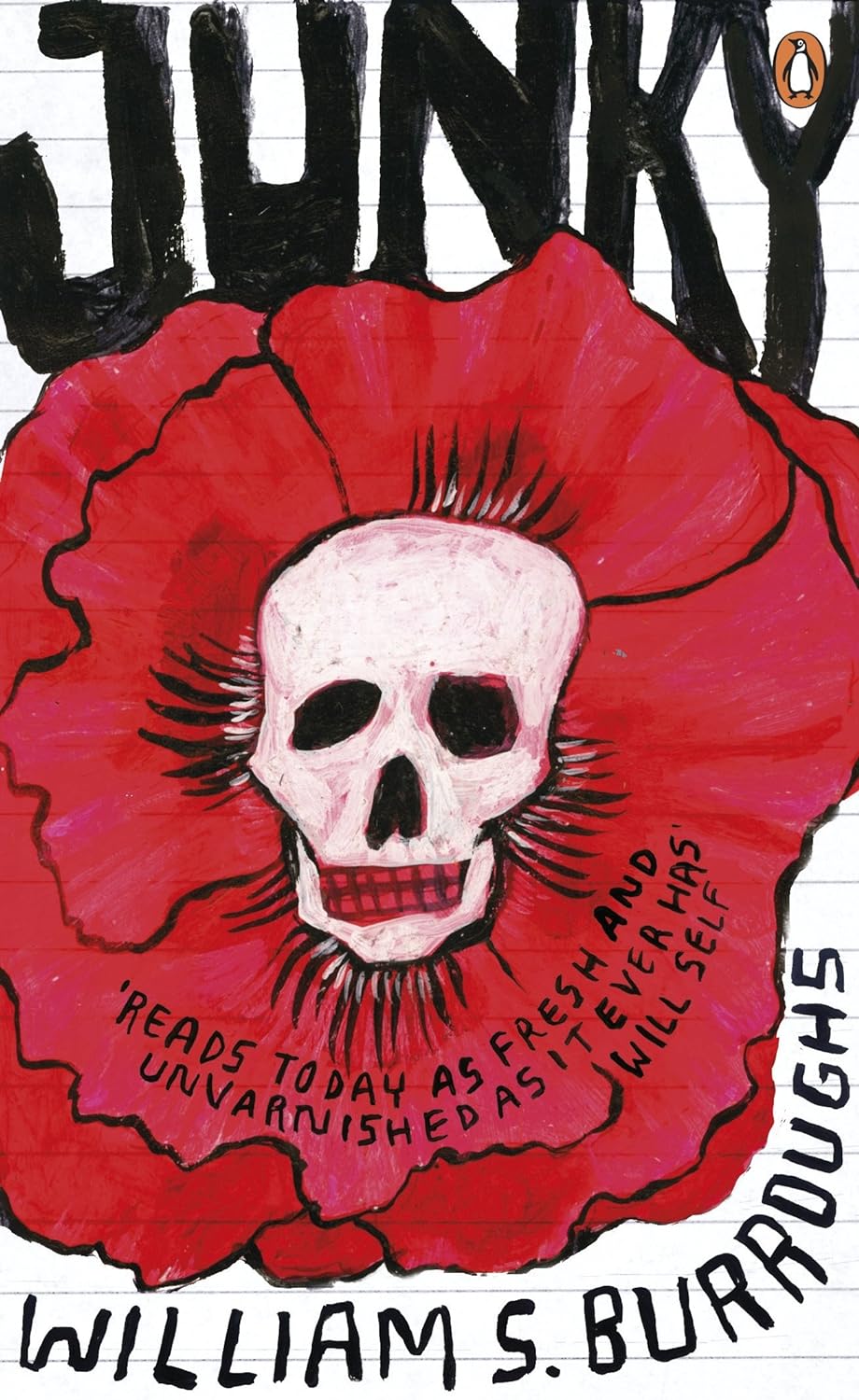
Junkie by William Burroughs
Near-Scientific Meditation on Morphine & Heroin
Plot: Gritty underworld of 1940s America, narrated by William Lee (a pseudonym for Burroughs), offering a raw and disturbingly honest account of a life consumed by addiction.
This deceptively plain-faced narrative has the rhythm and speed of the addict’s life, the dulcet smooth highs, random paranoia, fear of sickness or being caught, and the wait that defines addiction. A narrative that tours through New York, Mexico and beyond, taking us through the culture, community and distinct character types of heroin pushers, users and abusers across borders, all united by the passages of scoring and using, Lee dives into the intimacies of dependency and offers a near-philosophical meditation on addiction, describing it as an almost cellular transformation. Almost wilfully rejecting the romanticisation of addiction and its culture, he exposes the desperation and violence that fuels the drug trade in an account that blurs the line between memoir and fiction.

Screwjack by Hunter S. Thompson
Speed, Mescaline and Bizzare Adventures
Plot: A collection of three stories that delve into the author’s signature gonzo style. The first, “Mescalito,” is a wild account of Thompson’s first mescaline trip, a psychedelic journey through paranoia and heightened awareness. It’s a glimpse into the twisted, brilliant mind of Hunter S.Thompson.
“Gonzo”, a writing style exemplified by and codified after the writings of Thompson, refers to a first-person journalistic style that, unlike traditional journalism, relies on emotion and personal experiences. Narrated in a detached style, unfiltered and populated with profanity, it blends sarcasm and subjectivity in delivering its critique. Screwjack immediately isn’t your typical story collection. Published in a limited edition in 1991, it’s rife with dark humour, introspection, and absurdity. Where one story might involve a violent, bizarre relationship with a black cat, another could take you on a surreal trailer park confrontation. A quick read that’s strictly not for the faint-hearted.

Doors of Perception by Aldous Huxley
Mescaline’s Mind-Bending Properties
Plot: Detailing Huxley’s experiences after taking mescaline, more than a ‘trip-report’ its a profound reflection on a trip, describing the drug-induced state of heightened awareness in vibrant detail.
Almost poetic in its observations of this elevated state of awareness while on mescaline, Doors of Perception re-renders ordinary objects, like a flower vase, as infused with spirit and animation, possessed of a deeper reality. Huxley ponders the implications of this shift in perception, questioning how our brains filter and limit our experience. Mescaline is positioned as a substance that offers a glimpse of a hidden world, a drug that opens, unlocks, and expands the ‘doors of perception’, with potential connections to art, religion, and scientific understanding. The book’s title, referencing a line from William Blake’s poem, captures the idea that mescaline unlocks new realms and directions of perceptibility, forever changing how Huxley saw the world.
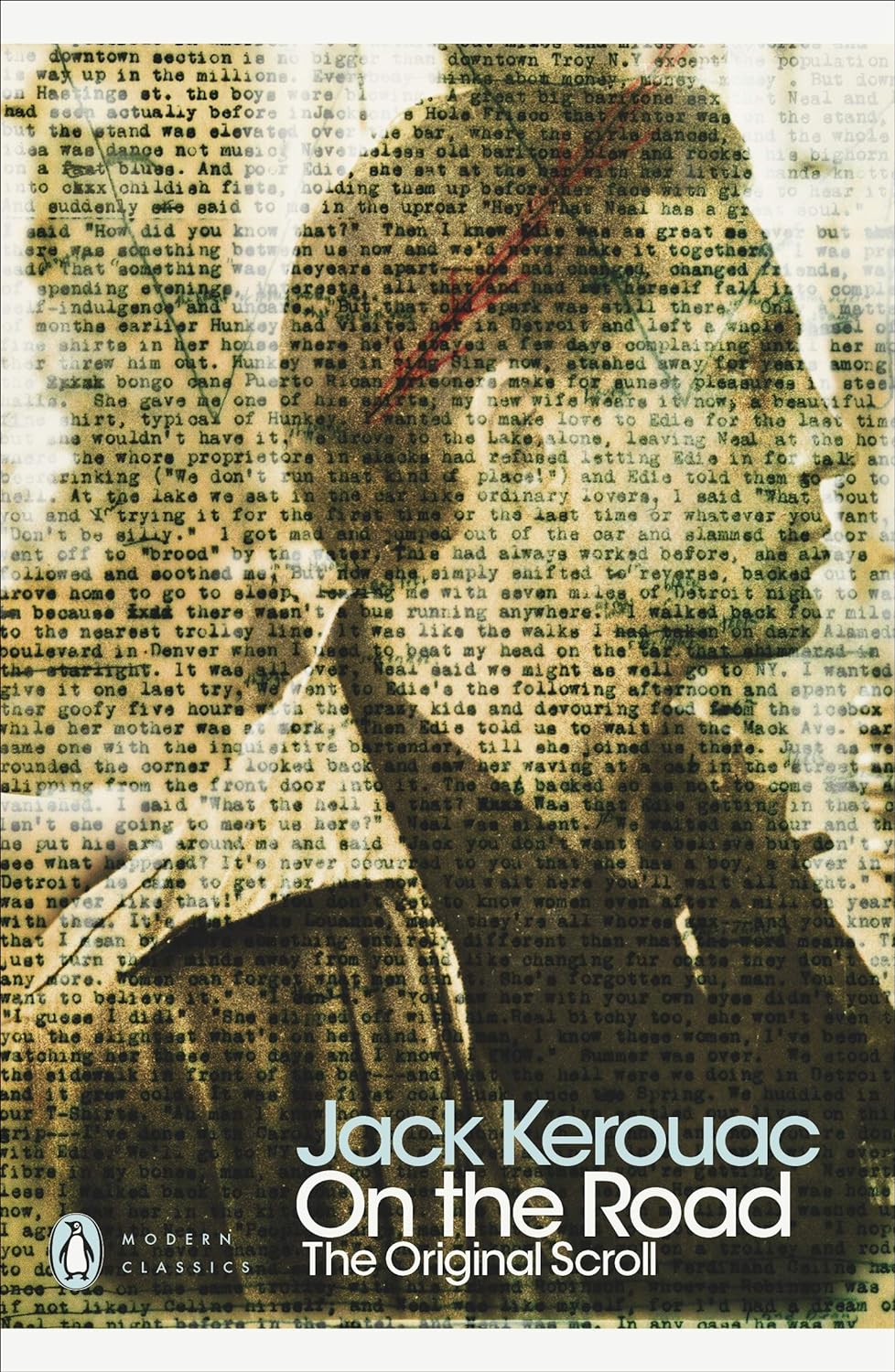
On the Road by Jack Kerouac
Three Weeks on Benzedrine
Plot: A wild ride across America’s highways. Narrated by Sal Paradise, the plot follows Paradise’s adventures with the impulsive Dean Moriarty, inspired by Kerouac’s real-life friend Neal Cassady.
Fueled by restless energy and an unmissable yearning for freedom, the novel itself is a reflection of its creation. Powered by the then-legal stimulant benzedrine, attaching reams of paper into a single uninterrupted roll slotted into the typewriter, Kerouac wrote On the Road in a three-week-drug-powered frenzy. This frenetic style bleeds into the narrative, mirroring the constant motion and unfiltered experiences of the characters. Filled with jazz, poetry readings, fleeting relationships, and a touch of rebellion, this is a biblical text from the authoritative face of Beat prose, capturing the disillusionment and search for meaning felt by many post-war youth.
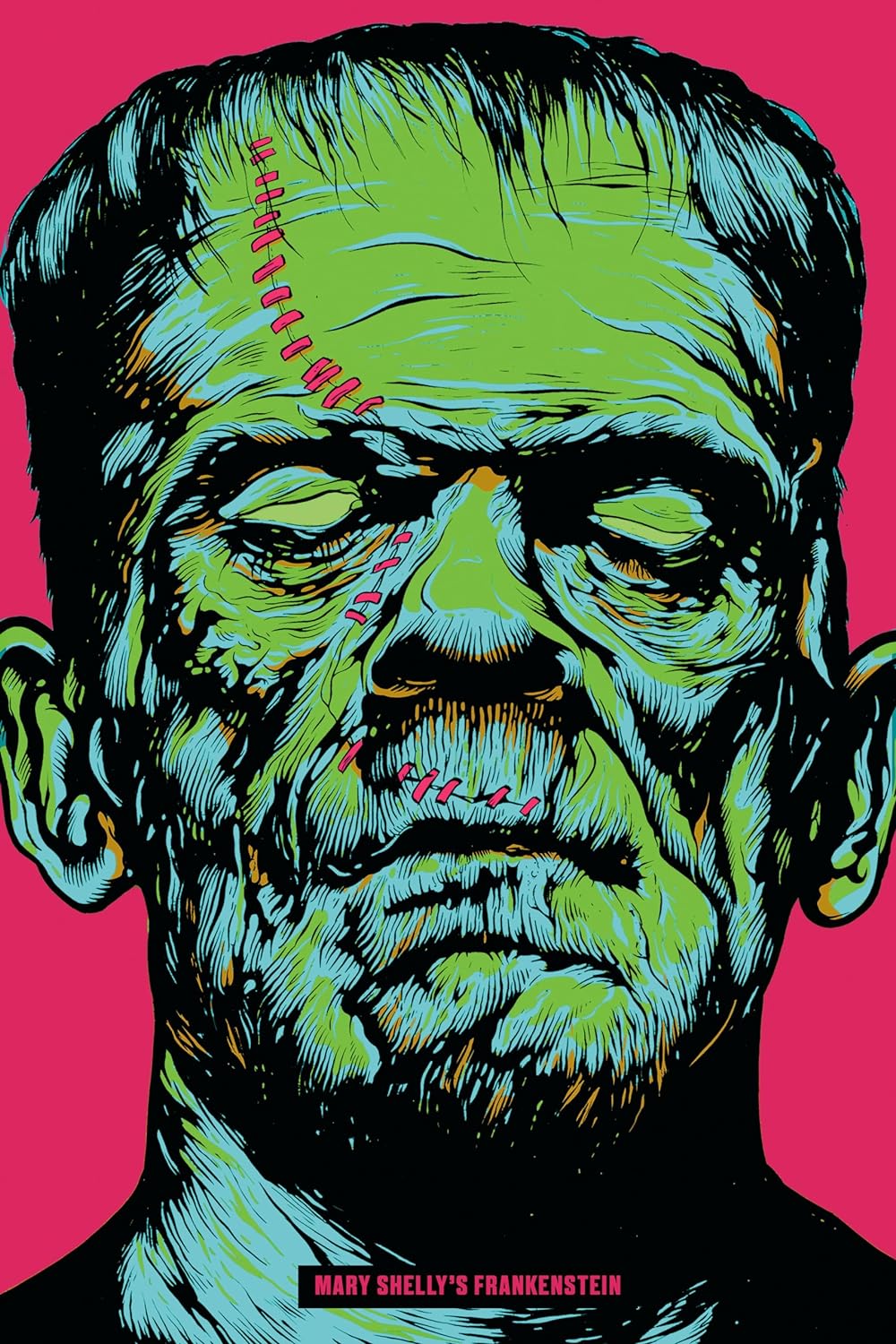
Frankenstein by Mary Shelley
Post Opium/Laudanum Dreaming
Plot: Man creates man and suffers for it. Victor Frankenstein, a scientist consumed by ambition, stitches together a monstrous being from body parts and then promptly abandons his creation, leaving the grotesque creature to fend for itself in a world that rejects it.
A few might already know this story, but this is how Frankenstein was really created: In 1816, on a vacation with Lord Byron and Percy Shelley (her future husband), the group entertained themselves with ghost stories and challenged each other to a writing contest. After a night of reading and writing, fueled by laudanum (opium tincture), Shelley dreamt of a scientist who reanimated a lifeless creature. This became Frankenstein, a genius, era-defining and genre-birthing product of an opium-induced nightmare. A gothic masterpiece, the first work of science fiction, written by an 18-year-old, it delivers a poignant critique of the human condition, ethics in science and perhaps even irresponsible parenthood.
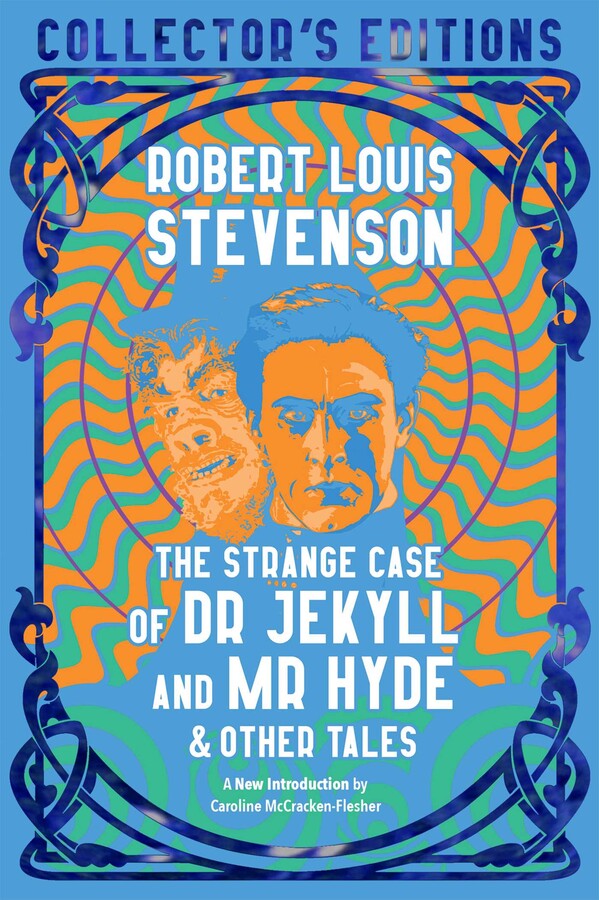
Strange Case of Dr Jekyll and Mr Hyde by Robert Louis Stevenson
A Week of Cocaine and a Ready First Draft
Plot: Fueled by a mysterious potion, Dr. Henry Jekyll, a respected physician, can transform into the monstrous and violent Edward Hyde. As the transformations become less controllable, the line between Jekyll and Hyde blurs.
The story’s breakneck pace and exploration of duality make sense retrospectively if we are to believe the rumours vis-a-vis how this novella was written. According to legend, Robert Louis Stevenson wrote the novella in a cocaine-fueled frenzy, specifically, within a 6-day cocaine binge that led to a first draft. True or not, the plot immaculately captures the exhilarating and terrifying loss of control associated with addiction, making the connection both chilling and entertaining.
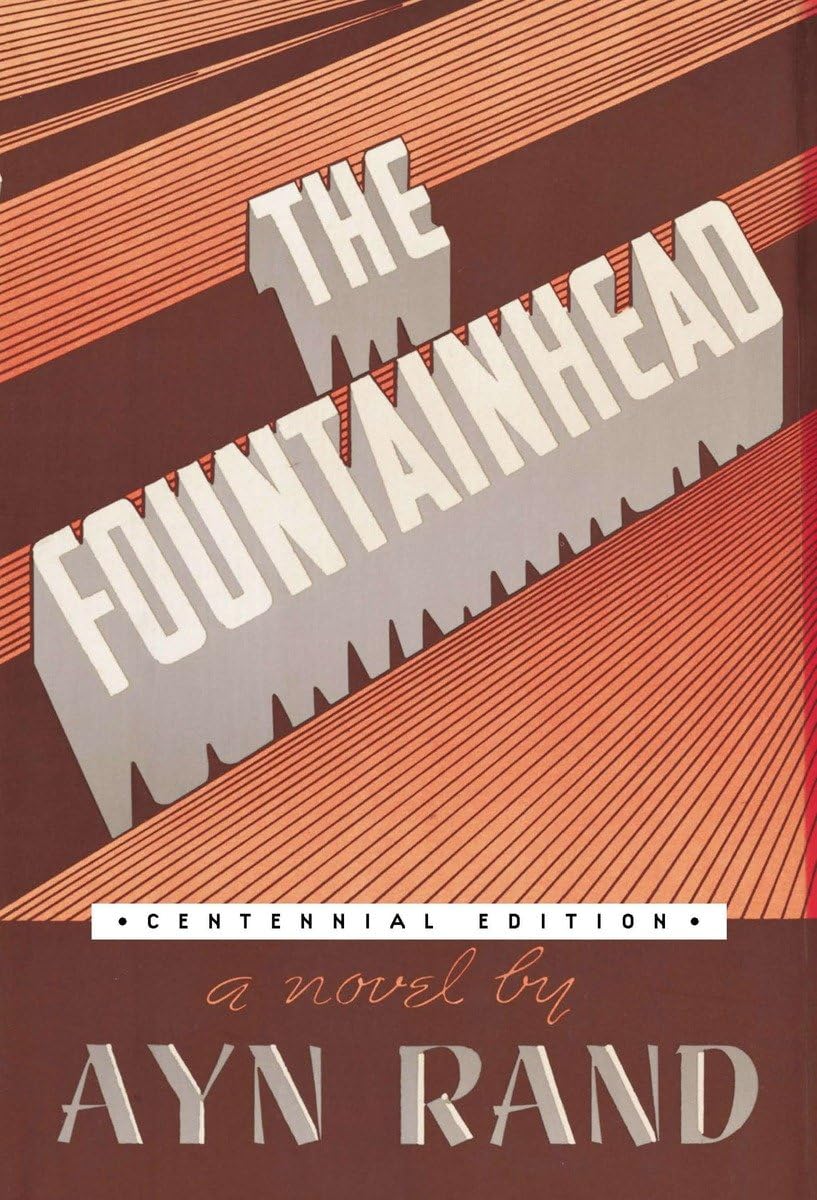
The Fountainhead by Ayn Rand
Written while on Speed
Plot: Howard Roark, an architect who refuses to bend his visionary designs to the whims of tradition-bound society. It’s the story of Roark embodies Rand’s core philosophy, Objectivism, which champions individualism and self-interest.
Written in 1943, The Fountainhead is the Russian-American author’s first literary success and a project fueled by something unconventional: amphetamines. Rand famously employed “speed” to heighten her focus and creative energy while writing the fast-paced, high-stakes narrative, using an unconventional method that birthed a novel that continues to feature in every footpath bookshop.
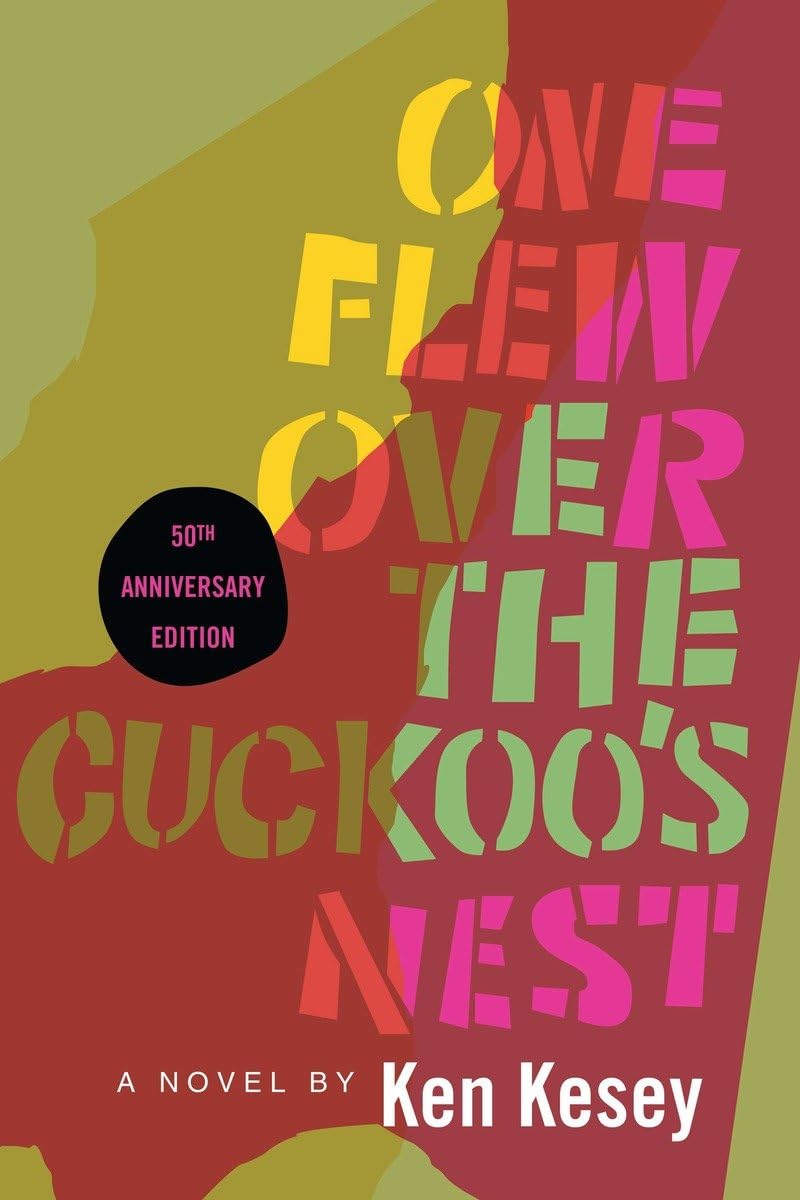
One Who Flew Over The Cuckoo’s Nest by Ken Kesey
CIA Experiment ft. LSD
Plot: Randle McMurphy feigns insanity to escape prison, finding a different flavour of brutal captivity. Expect a tyrannical Nurse Ratched and a rebellion in a psych ward.
The novel, written by Ken Kesey, is known for its exploration of sanity, societal norms, and the power dynamics within institutions. Interestingly, Kesey penned the manuscript while participating in a CIA-funded experiment with psychoactive drugs like LSD. This experience is believed to have influenced the novel’s exploration of altered perceptions and the nature of reality, adding a unique layer to the story’s fight for freedom. As Kesey interacted with real-life psych ward patients, often under the influence of fun psychoactives, the story took on vibrant colour and lent flourish to the dramatic aspects of the story.
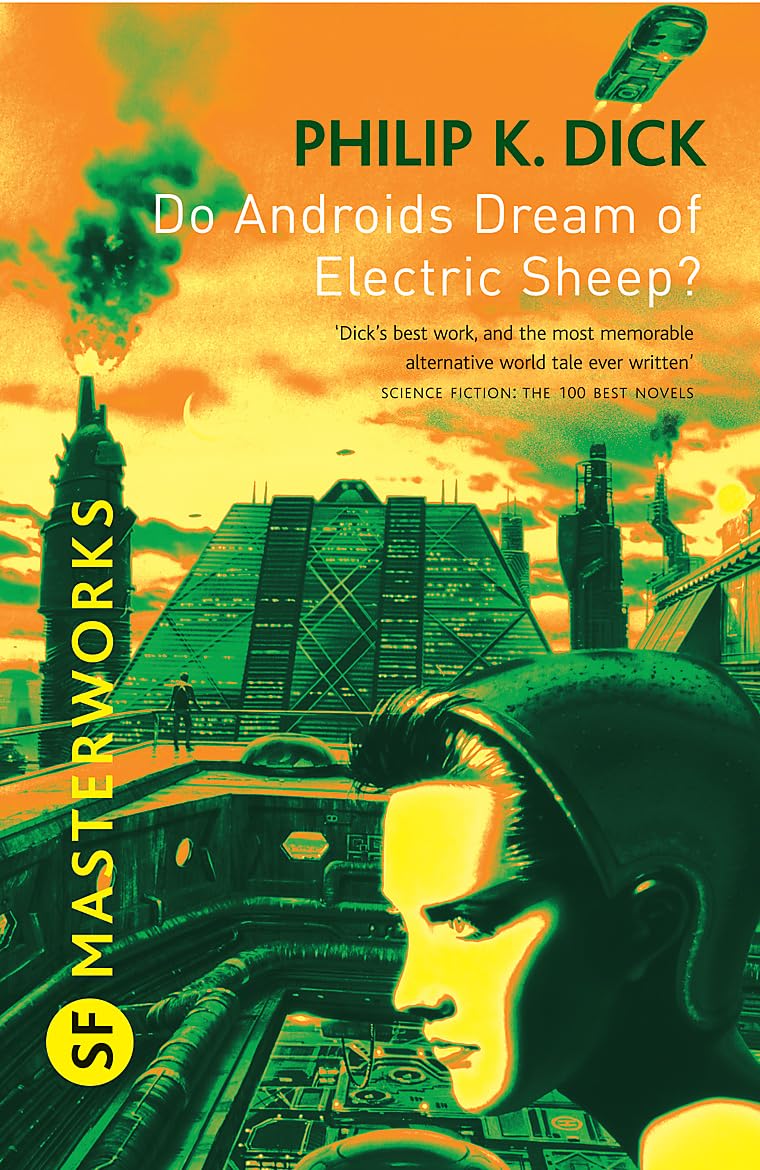
Do Androids Dream of Electric Sheep by Philip K. Dick
Pure Speed Writing
Plot: Nuclear war has ravaged Earth. Artificial humans, indistinguishable from the real thing, are outlawed on Earth. Rick Deckard,a bounty hunter, tracks down rogue androids. But the lines between human and machine blur as Rick questions his own reality.
The novel, published in 1968, is a product of its time. Dick, known for his exploration of consciousness and identity, wrote this and various other novels during a period of personal amphetamine use. Scanner Darkly was his first complete novel written without drug use, written 9 years after his Do Androids Dream. Retrospectively you are able to discern the psychedelic influence seeping into the story, with dreamlike imagery and philosophical ponderings on what it means to be human in a world increasingly artificial. The novel’s themes of empathy, memory, and the nature of reality resonate even today, increasingly so, making it a sci-fi classic.
Pick up any of these 9 Trippy Books Written Under or After The Influence from any Kunzum store or WhatsApp +91.8800200280 to order. Buy the book(s) and the coffee’s on us.
